This article was medically reviewed by Luba Lee, FNP-BC, MS. Luba Lee, FNP-BC is a Board-Certified Family Nurse Practitioner (FNP) and educator in Tennessee with over a decade of clinical experience. Luba has certifications in Pediatric Advanced Life Support (PALS), Emergency Medicine, Advanced Cardiac Life Support (ACLS), Team Building, and Critical Care Nursing. She received her Master of Science in Nursing (MSN) from the University of Tennessee in 2006.
There are 11 references cited in this article, which can be found at the bottom of the page.
This article has been viewed 17,413 times.
Sunburns are common, but if you get a really bad sunburn, it could turn into sun poisoning. According to the Cleveland Clinic, symptoms of sun poisoning include rash, nausea, dehydration, lightheadedness, dizziness, confusion, and shortness of breath.[1] Because sun poisoning can be really serious, you should seek immediate medical attention if you or someone nearby experiences symptoms of sun poisoning. However, with treatment and our tips on how to recover, you should be feeling like yourself again in no time!
Steps
Providing First Aid
-
1Seek emergency care for fever, chills, nausea, or fainting. A serious case of sun poisoning requires immediate medical attention. Symptoms include a sunburn accompanied by fever, chills, nausea, vomiting, headache, feeling faint or dizzy, confusion, or severe, painful blisters.[2]
- Dehydration, heat exhaustion, and heatstroke are also serious conditions associated with sun poisoning that require prompt medical care. Signs include pale skin, ceasing to sweat (despite being in warm conditions), rapid breathing, rapid heart rate, extreme thirst, dark urine or no urine output, and dry, sunken eyes.
-
2Get out of the sun as soon as possible. If you or someone nearby experiences symptoms, it's time to get to a cool, shaded location. If possible, go inside to an air conditioned room. Sit in front of a fan if air conditioning isn't available.[3]
- If you can't get inside, find a shaded spot, such as under an umbrella, tree, or a bridge or other overhanging structure.
Advertisement -
3Take small sips of cool or room temperature water. To manage dehydration, drink cool (not ice cold) or room temperature water or an electrolyte beverage, such as Pedialyte. You, or the person experiencing symptoms, shouldn't take big gulps, even if you're very thirsty. Take small sips about once a minute to prevent vomiting.[4]
- Gulping a large amount of liquid can worsen nausea or cause vomiting. Additionally, drinking ice cold water could cause stomach cramps.[5]
-
4Expect to receive IV fluids in case of emergency or severe sunburn. Intravenous (IV) rehydration is necessary for cases of severe dehydration, or if the person experiencing symptoms is unconscious. A healthcare provider in an emergency room or outpatient clinic will need to inject a needle into a vein in the forearm to administer fluids directly into the bloodstream.[6]
- After a few hours of IV rehydration, your condition should stabilize. If you had to go to a hospital or an emergency clinic, you'll likely be able to go home later the same day.
-
5Take medication to relieve pain. If you're at a hospital or clinic, healthcare providers may administer a prescription-strength pain reliever. For a severe sunburn that covers large areas of your body, your doctor may recommend an oral corticosteroid or narcotic pain reliever for a few days. Take any prescription medication according to your doctor's instructions.[7]
- In some cases your doctor may prescribe a short course of a steroid medication.
- If you don't think you need medical attention but are still in pain, take an over-the-counter NSAID, such as ibuprofen. Take an over-the-counter pain reliever according to the label's instructions.[8]
Managing a Severe Sunburn
-
1Apply a cool compress for 30 to 60 minutes. Soak a clean cloth in cool water or a mixture of equal parts cool water and milk. You can also apply a store-bought cooling aloe vera gel to the cloth. Carefully set the cloth on the affected area, and keep it in place for 30 to 60 minutes.[9]
- Apply a cool compress every 3 hours or whenever you experience worsening pain.
- Be sure to use cool, rather than ice cold, water or milk.
- Additionally, avoid exposing the sunburn to cold or hot water when you wash the area or bathe. Use cool or lukewarm water instead.
-
2Apply cortisone or moisturizing cream if you don't have blisters. It is important to keep you skin moisturized. Apply moisturizer to the burned areas for 4 to 8 weeks after the burn has healed. If your sunburn is itchy, an over-the-counter cortisone cream can also offer relief and ease inflammation. Aloe vera, coconut oil, and moisturizers that contain vitamins C and E can also soothe discomfort and promote healing.[10]
- Avoid petroleum-based products, which can block pores and lock in heat and sweat.
- Applying creams might be uncomfortable if you have blisters, and you'll need to do your best to keep any blisters from popping.
-
3Wash, apply antibiotic ointment, and cover blisters with a dry bandage. Leave any blisters alone instead of picking or popping them. To manage irritation, wash any blisters that pop with lukewarm water and mild soap. Then, apply a thin layer of antibiotic ointment and loosely wrap blistered areas with non-adhesive gauze. Wearing loose-fitting cotton clothing can also reduce friction and irritation.[11]
- If any blisters do pop, gently wash the area with mild soap and lukewarm water. Apply a thin layer of antibacterial ointment, then cover the area with non-adhesive gauze.
-
4Allow skin to peel naturally instead of picking it. Even if you've applied moisturizing creams, a serious sunburn will still peel. Remove dead, peeled skin carefully and slowly. Don't pick at skin that's not ready to come off yet.[12]
- Be on the lookout for signs of an infection, such as redness, swelling, discharge, and a foul odor.
- Keep the area clean and apply an antibiotic cream to prevent infection.
-
5Stay out of the sun until your sunburn has cleared. A severe sunburn can take at least 3 weeks to heal. Do your best to keep the affected area out of the sun until it's fully healed. If you do venture out, keep the area covered.[13]
- Wear tight-knit clothing over the sunburn when you're outside. Keep in mind tight-knit doesn't mean tight-fitting. You want to block sunlight from reaching the burn, but tight-fitting clothing can rub against your skin and cause irritation.
Staying Safe in the Sun
-
1Apply sunscreen with an SPF of 30 or higher every 2 hours. Go for a broad spectrum sunscreen that blocks both UVA and UVB rays. Zinc or titanium based sunscreens offer the best protection. Apply sunscreen to dry skin 15 to 30 minutes before going outside. Use a generous amount, or about 2 tablespoons (30 ml) in total, to cover all areas of your skin that will be exposed to sunlight.[14]
- Reapply sunscreen every 2 hours or, if you're at the beach or pool, when you get out of the water and finish drying yourself.
- If you're also applying insect repellent, be sure to apply sunscreen first, then let it absorb for 10 or 15 minutes. Insect repellent can make sunscreen less effective.[15]
-
2Wear a wide-brimmed hat and protective clothing. Protect yourself when you're gardening, working, or lounging outside with a wide-brimmed that shades your face, arms, and legs. At a minimum, a billed cap can help cover your face. It's also wise to wear pants and long sleeves, as long as you won't get overheated.[16]
- Lightweight fabrics can offer protection without trapping too much heat. If you decide to go with shorts and short sleeves, be sure to cover your arms and legs with sunscreen.
-
3Practice sun safety even if it's cloudy or cold. You can still get a sunburn when it's cloudy, as clouds can reflect sunlight. Additionally, the sun can still cause damage in cold weather, so wear sunscreen and protective clothing in the winter.[17]
- Snow can reflect and magnify sunlight, so sunscreen is essential if you're skiing, snowboarding, or participating in another winter activity.
-
4Limit your sun exposure if you take medicine that causes sensitivity. Medications including some antibiotics, antidepressants, antihistamines, and cholesterol-lowering drugs can make you more prone to sunburns. If you're not sure, ask your doctor or pharmacist if any medications you take can cause sensitivity to sunlight.[18]
- If necessary, be diligent in wearing sunscreen and protective clothing, and avoid direct exposure to sunlight during the afternoon.
Warnings
- Always practice sun safety, regardless of your skin tone or history of sunburns.⧼thumbs_response⧽
- Repeated sunburns at an early age increase the risk of melanoma and other types of skin cancer later in life.⧼thumbs_response⧽
- If you get a severe sunburn, then see your doctor. You may need a tetanus shot even if you have had one before.⧼thumbs_response⧽
References
- ↑ https://health.clevelandclinic.org/do-you-have-sun-poisoning-4-less-known-facts/
- ↑ https://medlineplus.gov/ency/article/003227.htm
- ↑ https://kidshealth.org/en/parents/sunburn-sheet.html
- ↑ https://myhealth.alberta.ca/Health/aftercareinformation/pages/conditions.aspx?hwid=tw12478
- ↑ https://www.mayoclinic.org/first-aid/first-aid-heatstroke/basics/art-20056655
- ↑ https://wwwnc.cdc.gov/travel/yellowbook/2018/the-pre-travel-consultation/sun-exposure
- ↑ https://wwwnc.cdc.gov/travel/yellowbook/2018/the-pre-travel-consultation/sun-exposure
- ↑ https://www.mayoclinic.org/diseases-conditions/sunburn/expert-answers/sunburn-treatment/faq-20057815
- ↑ https://share.upmc.com/2014/06/dangers-sun-poisoning/
- ↑ https://medlineplus.gov/ency/article/003227.htm
- ↑ https://medlineplus.gov/ency/article/003227.htm
- ↑ https://www.betterhealth.vic.gov.au/health/conditionsandtreatments/sunburn
- ↑ https://www.healthdirect.gov.au/sunburn-treatments
- ↑ https://medlineplus.gov/ency/article/003227.htm
- ↑ https://wwwnc.cdc.gov/travel/yellowbook/2018/the-pre-travel-consultation/sun-exposure
- ↑ https://www.mayoclinic.org/diseases-conditions/sunburn/symptoms-causes/syc-20355922
- ↑ https://www.betterhealth.vic.gov.au/health/conditionsandtreatments/sunburn
- ↑ https://www.mayoclinic.org/diseases-conditions/sunburn/symptoms-causes/syc-20355922
About This Article
While sunburns are common, sun poisoning, which is a form of severe sunburn, could need medical attention. If you experience chills, headache, faintness, dizziness, or blisters, get out of the sun and into a cool, shaded location as soon as possible. You can also sit in front of a fan or get into an air-conditioned space. To manage dehydration, which can occur with severe sunburn, take small sips of cool or room temperature water or an electrolyte beverage. Avoid gulping the drink even if you’re very thirsty as this could make you vomit. In order to cool your skin, soak a clean cloth in cool water or a mixture of cool water and milk and place the cloth on the affected area for 30 to 60 minutes every 3 hours. If your symptoms continue to get worse, see a doctor as soon as possible. For more tips from our Medical co-author, including how to deal with peeling skin from severe sunburn, keep reading.
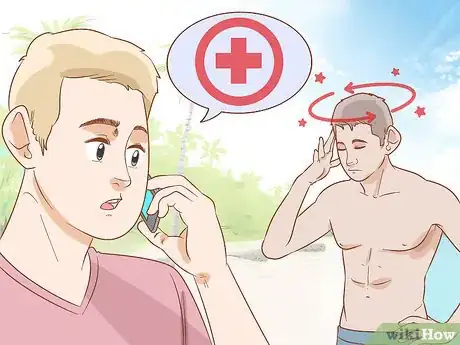
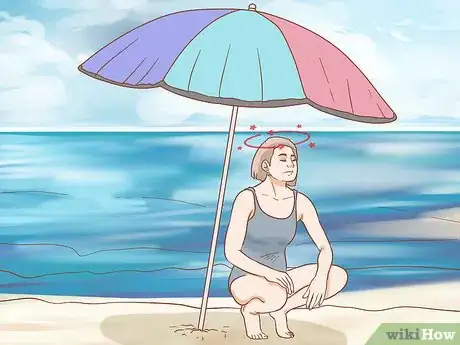
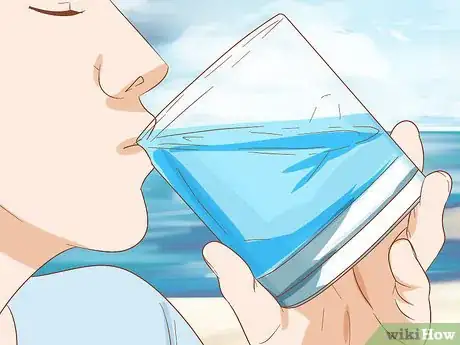
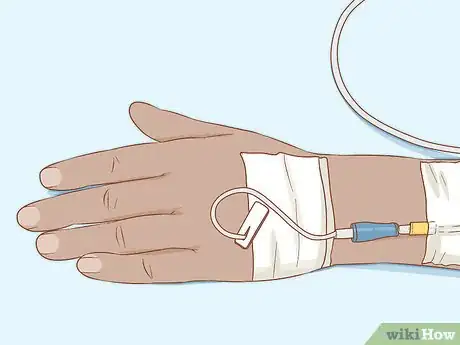
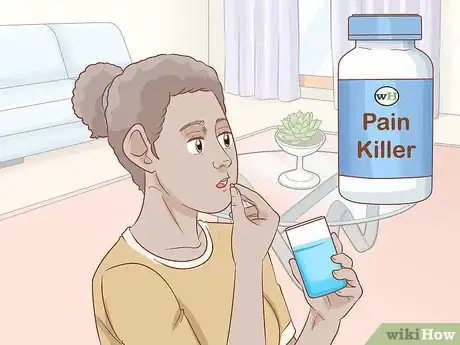
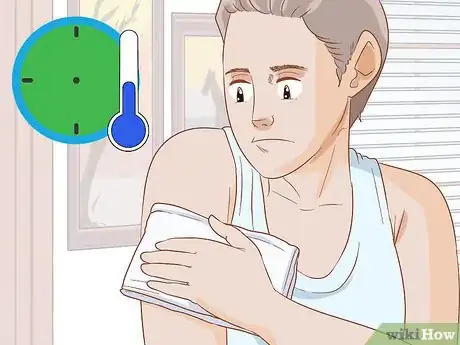

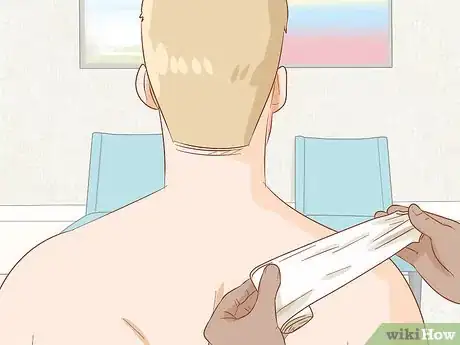
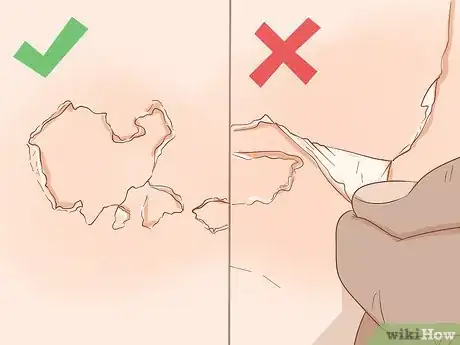




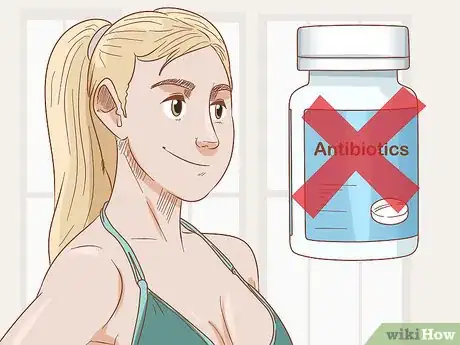
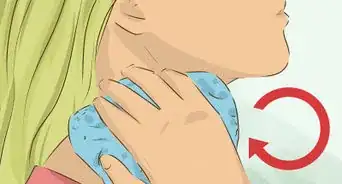
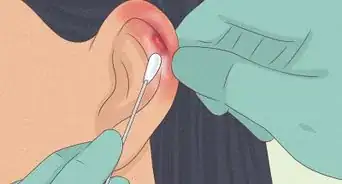
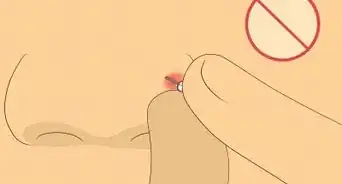


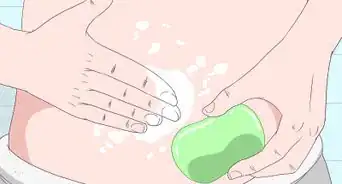
-Electric-Shock-Step-9.webp)



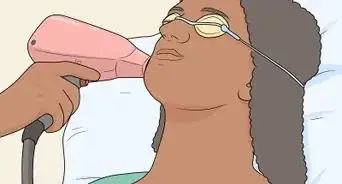
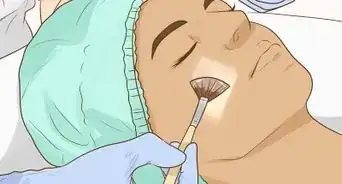
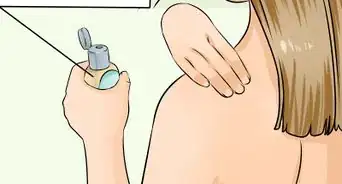









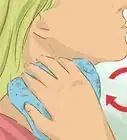
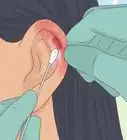






































Medical Disclaimer
The content of this article is not intended to be a substitute for professional medical advice, examination, diagnosis, or treatment. You should always contact your doctor or other qualified healthcare professional before starting, changing, or stopping any kind of health treatment.
Read More...